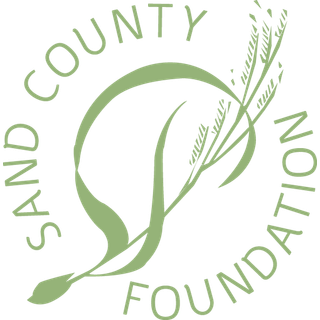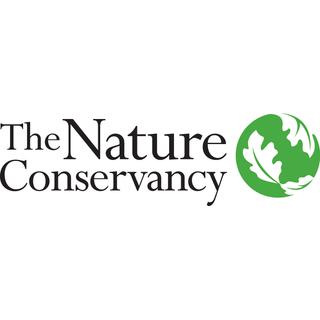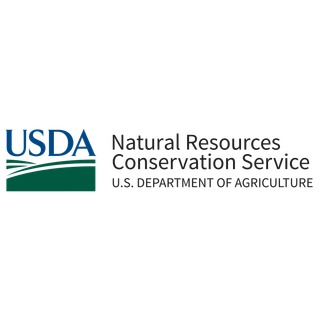Aldo Leopold wrote that the oldest task in human history was to live on a piece of land without spoiling it. Throughout their ranching career, Brian and Vicki Maddock have demonstrated this ethic by choosing to restore rather than abandon or exploit in the face of adversity.
The Maddock family’s 4,000-acre ranch is in the heart of the Drift Prairie physiographic region of northeastern North Dakota. It’s one of North America’s most important rangelands and depressional prairie pothole wetlands.
Brian and Vicki first farmed and ranched with his parents Miles and Dorothea, on the original Maddock homestead. In the early 80s, Brian and Vicki moved their family to their current farmstead and began farming and raising cattle on their own. A significant portion of their ranching operation was adjacent to Devils Lake and was covered by water when the lake rose in the early 90s. Forced to abandon a significant portion of the land, they pivoted to holistic grazing practices on the remaining grassland.
With assistance from the Natural Resources Conservation Service, they installed cross-fencing and water developments to begin rotationally grazing cattle in more than 20 paddocks. Raising more cattle per acre with better management helped them save their business by increasing productivity and sustainability. Conservation practices also safeguarded the ranch against future droughts in the region.
Over time, Brian refined his approach by adopting intensively managed grazing systems that prioritize soil health, forage diversity, and long-term ecological stability. This adaptive mindset reflects Aldo Leopold’s view that resilience is born from a deep understanding of natural systems and a willingness to work in harmony with them.
In the early 90s, Brian seeded all of the erodible cropland back to grass, but he noticed hilltops remained barren. Recognizing the need to rebuild soil fertility, he started feeding large round bales to cattle on hilltops to add nutrients to the soil. Within a year, vibrant rings of green grass began to emerge. He quickly embraced bale grazing as an important tool to rebuild soils and restore balance to the ecosystem.
“The Maddocks have been conservationists when conservation was not cool,” said Kevin Sedivec, a range specialist for North Dakota State University Extension.
“They knew implementing grazing systems would increase their bottom line while creating habitat for wildlife. They knew farming marginal lands was not good for the soil and would rarely be profitable,” he added. “They take what they learn – both good and bad – and tell their story to help others succeed.”
Watch their conservation success story
Brian and Vicki have instilled conservation values in their six children and 21 grandchildren, creating a multi-generational ripple of influence in the agricultural community. All their children work in the cattle and beef business, including three sons who ranch with their parents.
Together, the Maddocks have planted 10,000 feet of trees, seeded over 900 acres of grass, installed more than 100,000 feet of fencing to create more than 100 grazing paddocks. By installing miles of fencing along rivers and coulees, they have protected fragile riparian areas, prevented livestock from eroding streambanks and reduced sedimentation in waterways.
By growing full season cover crops they have enriched habitat and provided valuable food sources for wildlife, while improving soil health and reducing erosion. Expanding water infrastructure with 14 miles of pipeline and 40 water tanks ensures sustainable water distribution for livestock and wildlife while minimizing environmental impact.
By embracing regenerative agriculture, the Maddocks have sustained their livelihood and safeguarded the critical landscape they call home. Their stewardship of soil, water, plants, and animals demonstrates that conservation is a way of life, not just a practice.








